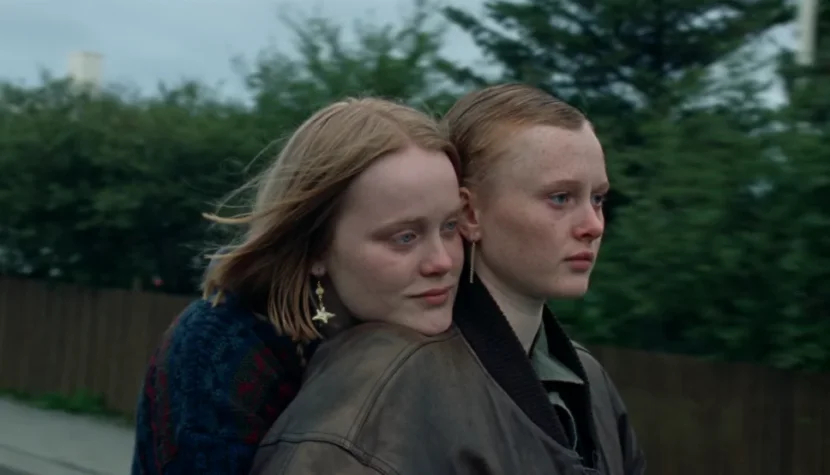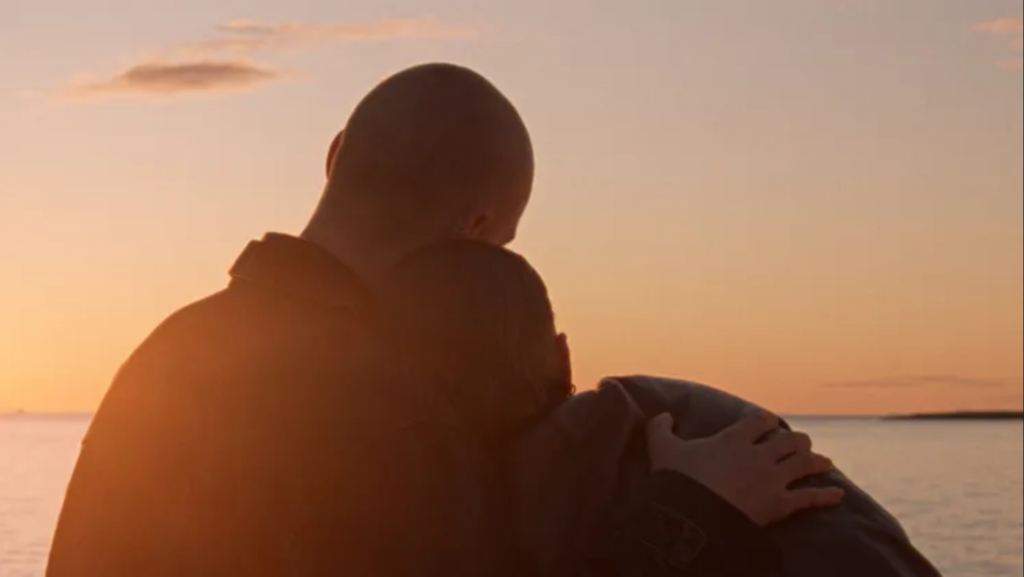WHEN THE LIGHT BREAKS. Intimate drama about loss

One morning, Una and Diddi, a pair of art students in love, are struck by sudden tragedy. A fire in the tunnel through which Diddi commutes to work turns their lives, as well as the lives of their close-knit group of friends, upside down. Joining this group, grappling with the trauma of loss and the helplessness of grief, is Klara, Diddi’s girlfriend from another city. One of the girls knows about the other, but the second is unaware of the first. This creates a situation filled with tension, ambiguity, and undercurrents, which Rúnar Rúnarsson explores in “When the Light Breaks.”
The Icelandic director starts with an intriguing idea for a social drama but does not follow the conventional paths of psychological narrative, where motivations and experiences of the characters are fully explained and developed. Instead, he opts to follow the ephemeral flow of dealing with trauma after loss, allowing emotions and contexts to emerge directly from the situations shown on screen without additional narrative explanation. As a result, although “When the Light Breaks” is already the director’s fourth film and he holds an established position in Icelandic cinema, it feels like an inspired debut, drawing heavily from New Wave storytelling models and closely attaching the camera to characters as they navigate their lives—here, through the charming yet, in Sophia Olsson’s lens, strikingly cold and silent spaces of Reykjavik. It turns out that this approach can still result in excellent cinema.

“When the Light Breaks” captivates with the subtlety with which it touches on the struggles faced by the main character. Una, as the camera and our attention follow her, is portrayed with finely-tuned restraint by Elín Hall, driving the film’s dramatic rhythm with her suppressed grief as “the other woman.” However, her relationship with Klara develops in a more complex manner than one might expect. Instead of being a straightforward drama about the psychological clash between two women, “When the Light Breaks” becomes an emotional game played on a very intimate, fundamental level. Rúnarsson avoids confrontational scenes, favoring impressionistic, blurred vignettes, which gain intriguing depth thanks to Olsson’s excellent cinematography.
Those familiar with Rúnar Rúnarsson’s career might be surprised by “When the Light Breaks.” The director, who somewhat lost his edge after his outstanding debut—particularly in “Sparrows” and “Echo,” where he often overdramatized the action and unnecessarily filled in the context—now displays considerable restraint, carefully measuring out dramatic moments and breaks. “When the Light Breaks” contains no unnecessary scenes, and the conclusion arrives incidentally, without Rúnarsson adding superfluous endings or summaries. In terms of emotional impact and the narrative space it operates within, “Tomorrow at Dawn” can be compared to Lukas Dhont’s “Close” or Hirokazu Koreeda’s “Monster”—though Rúnarsson’s film is the most modest and reserved (in a positive sense), making no demands on the viewer. For this reason, it may, unlike those other films, fly under the radar of a broader arthouse audience. However, this does not change the fact that Rúnar Rúnarsson has created not only the best film of his career so far (and who knows, it may mark a new chapter for him) but also another great film in Icelandic cinema.

